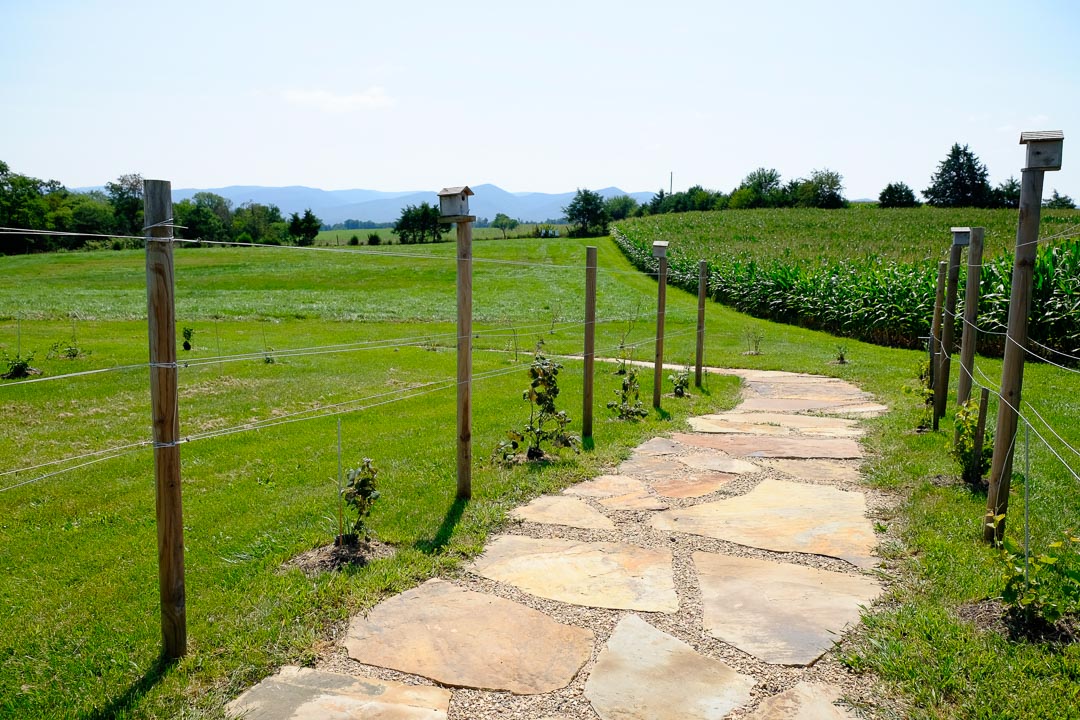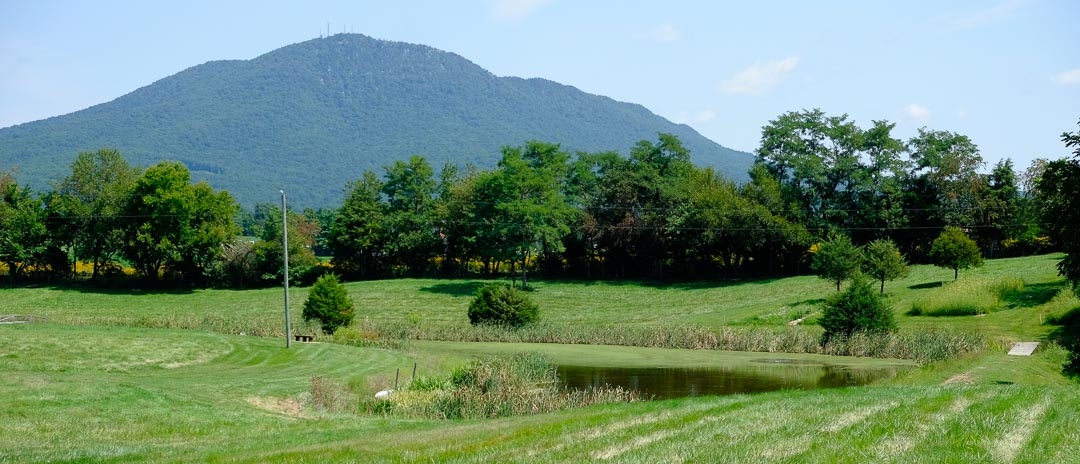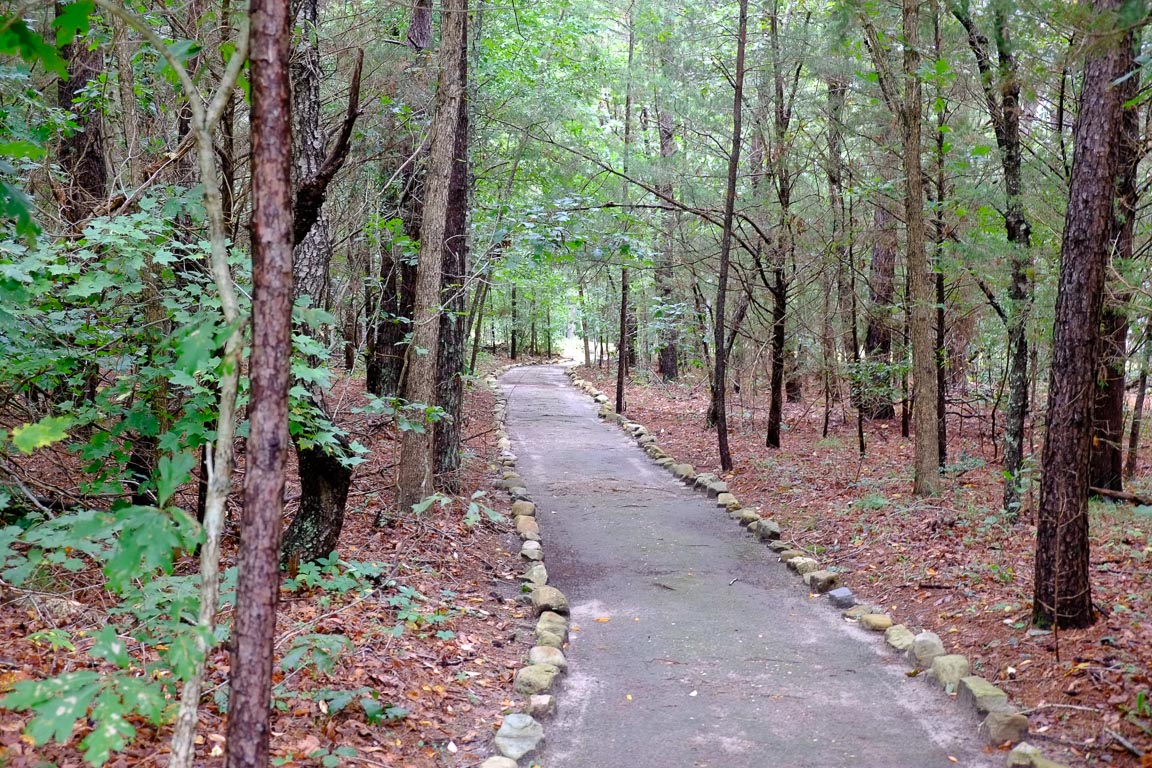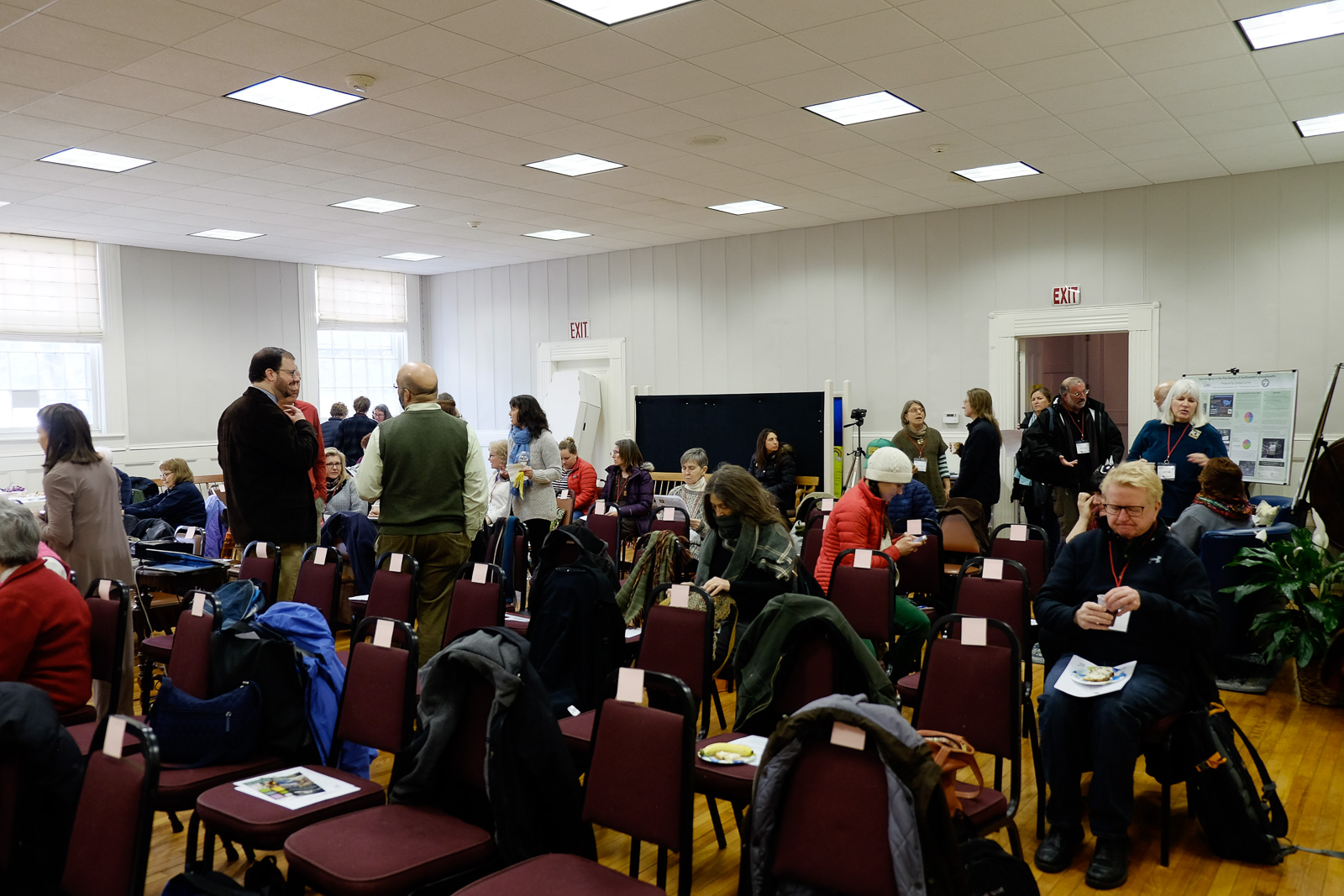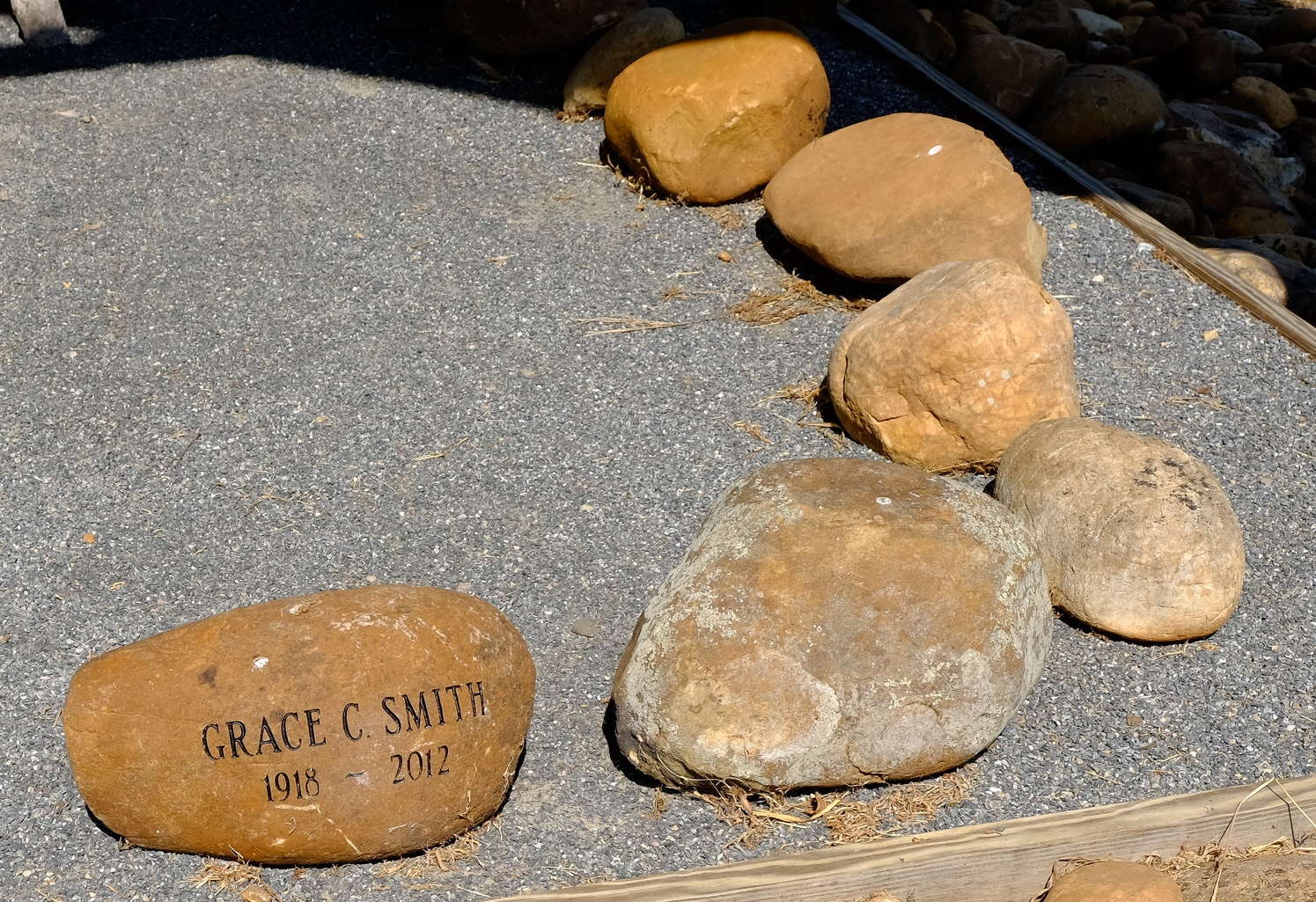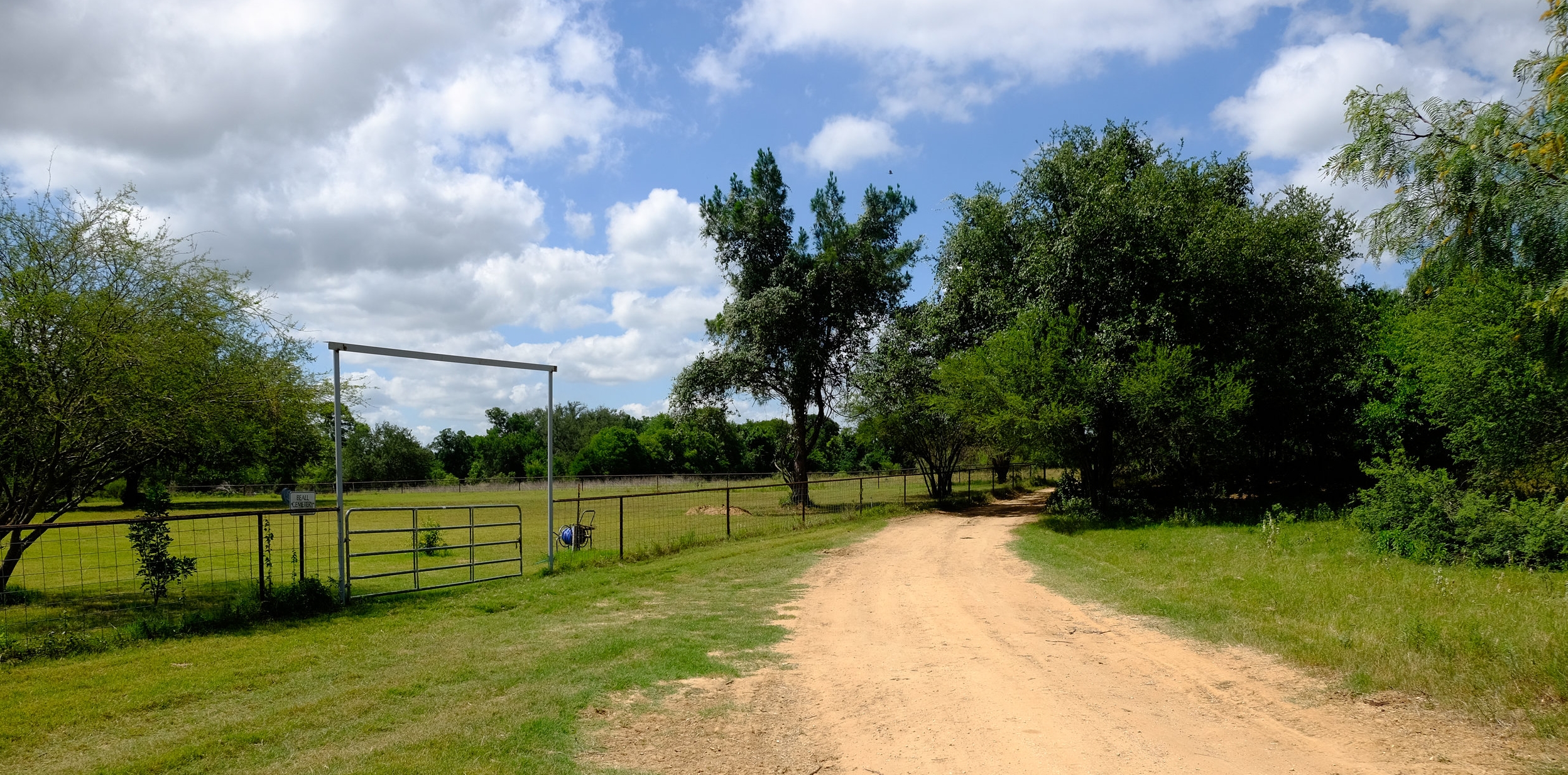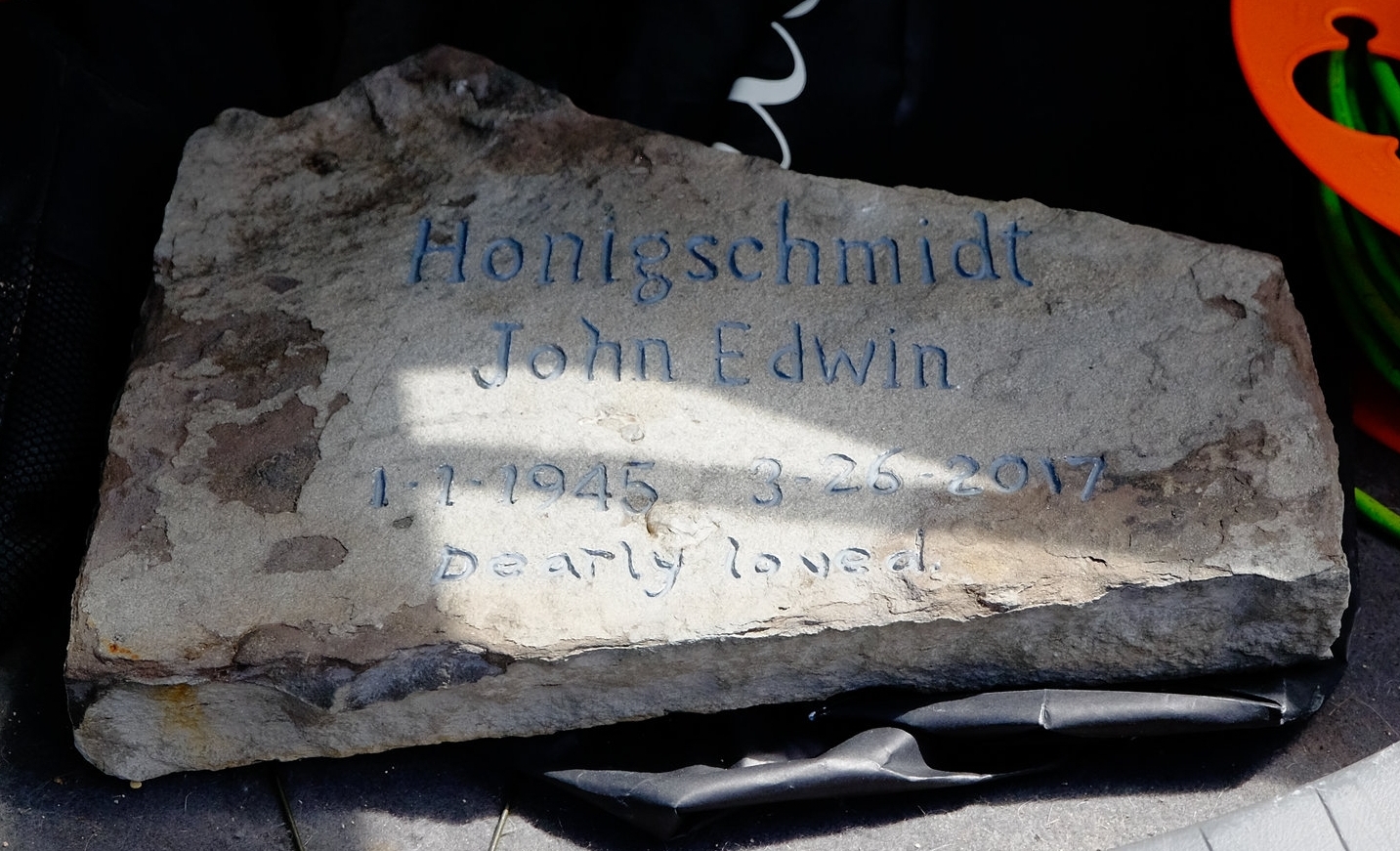The Green Burial Council has added a page to its website about green burial during the COVID-19 pandemic. Though one of the main tenets of green burial, that family and friends have the opportunity to be intimately involved, has sadly been curtailed by the need to social distance, the process of green burial can still go on.
Just like maintaining social distance in the grocery store or pharmacy helps protect the frontline store workers, stipulating a green burial which doesn’t require morticians to handle bodies for embalming can help protect funeral workers, who are also on the frontlines.
According to the council’s website:
"The CDC states that decedents with COVID-19 may be buried or cremated according to the family's preference." National Funeral Directors Association
"There is currently no known risk associated with being in the same room at a funeral or visitation service with the body of someone who died of COVID-19." Centers for Disease Control
As always, if you are in need of services check with your chosen green burial cemetery about its policies.
Be safe and we will come out of this together.
See the Green Burial Council website for more information:









